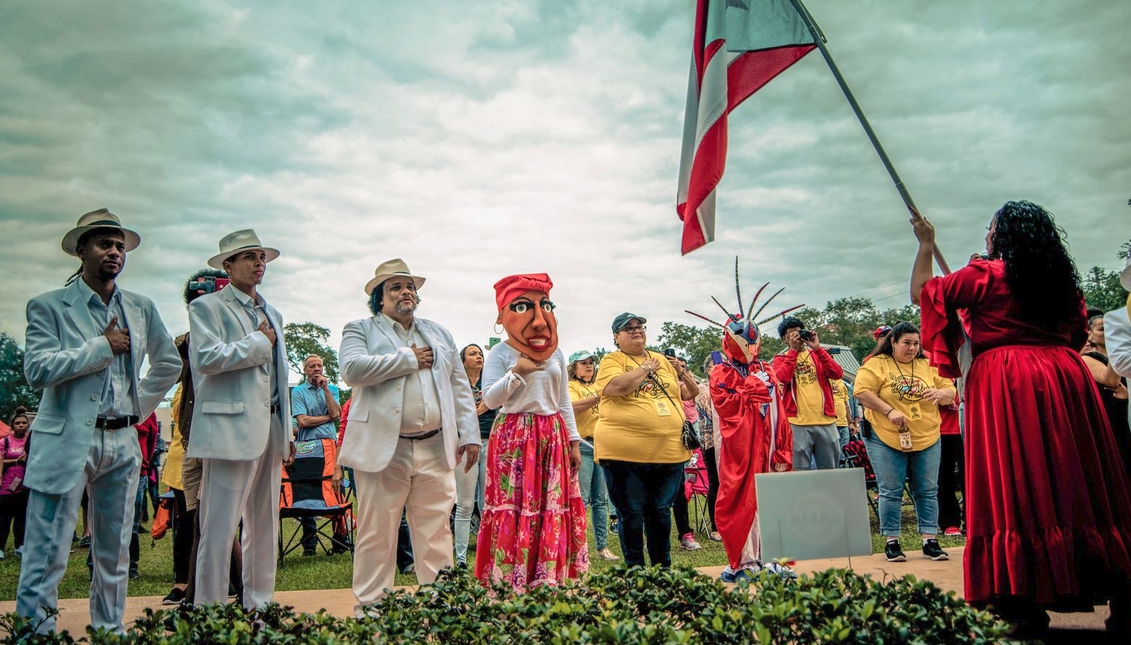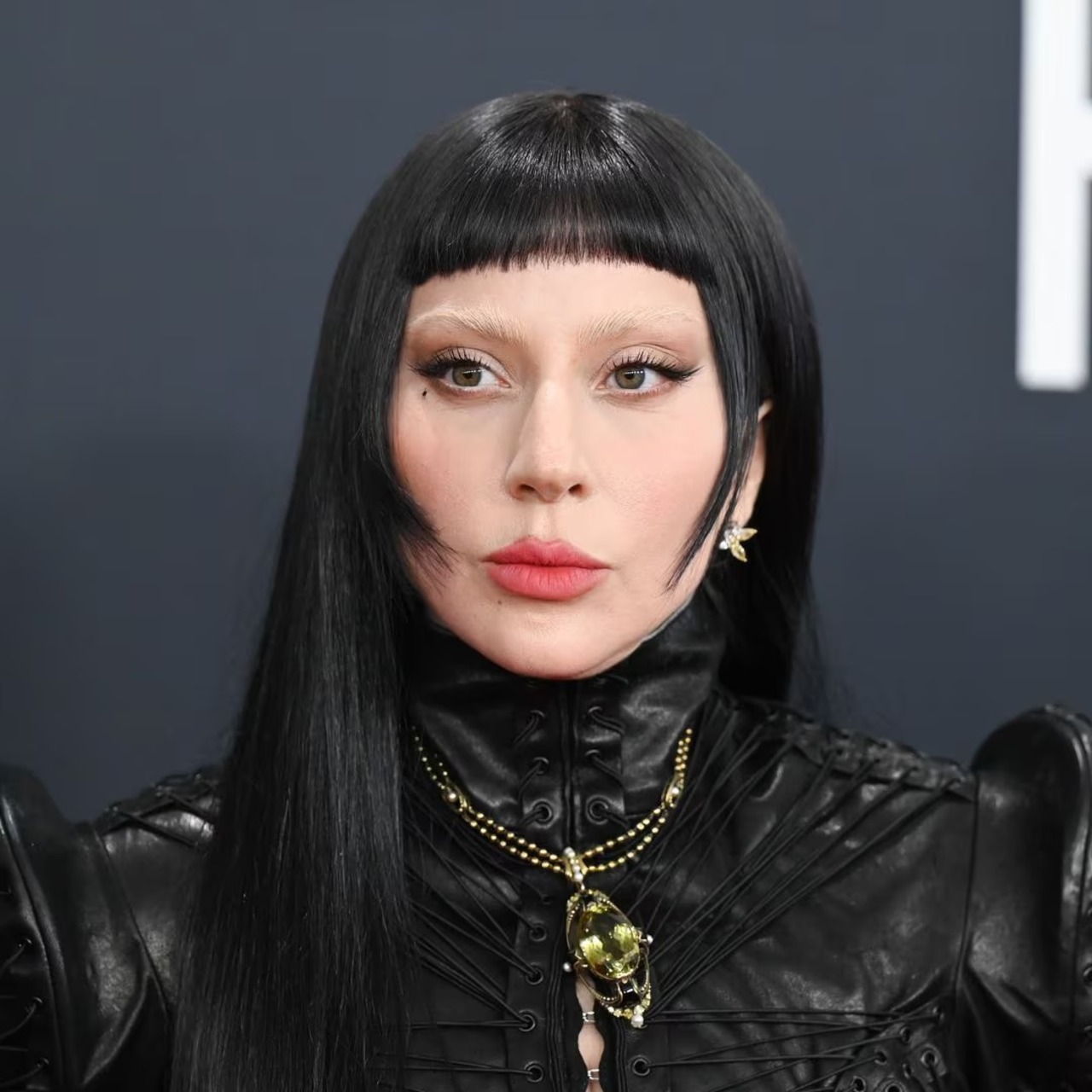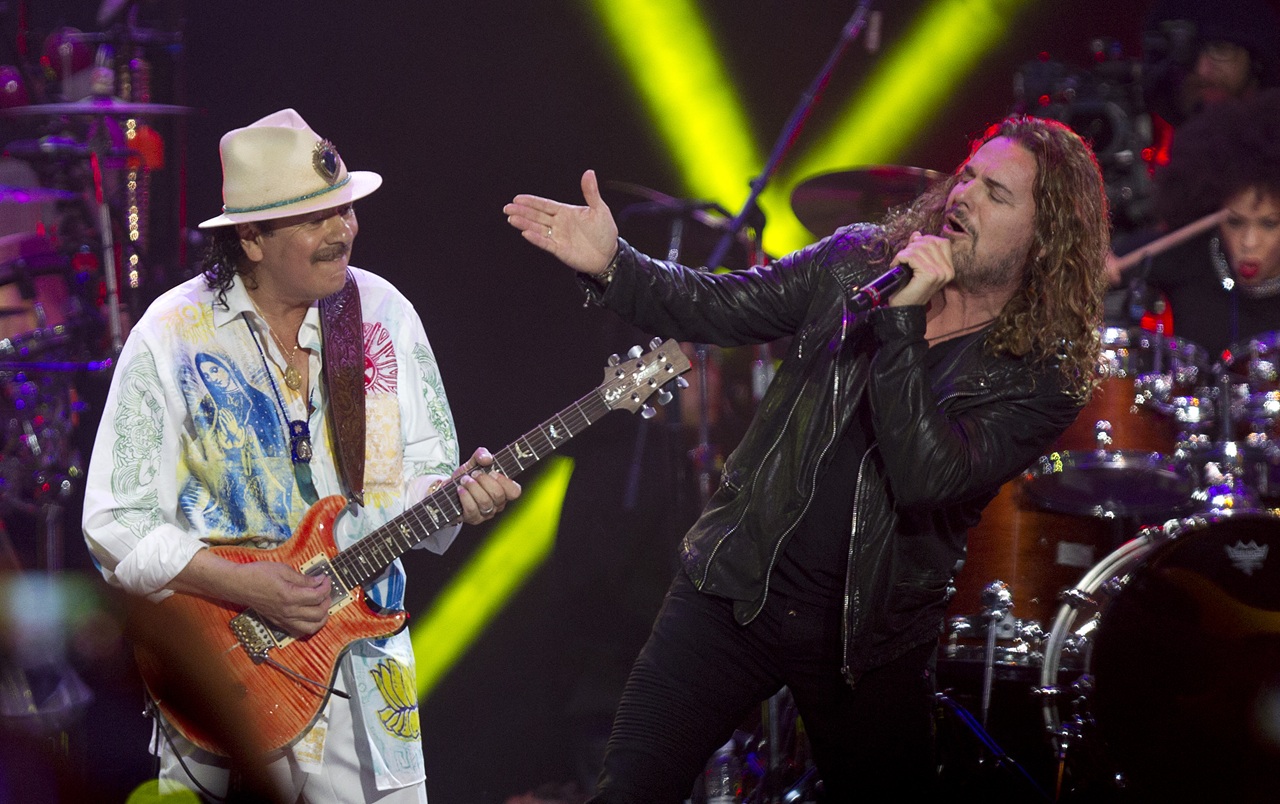
The bomba and the plena are the rhythm of the Puerto Rican resistance
These two traditional dances triumph among the youth as a way to offer an alternative narrative about Puerto Rico and the Afro-boricua identity.
The bomba is danced warmly and softly. The plena, as sung by El Trio Maravilla, comes from Ponce in the neighborhood of San Anton, and serves as both an improvised newscast and a murmur of güiros, congas, timbales and maracas.
Why is it then, such an important pillar of Puerto Rican and Boricua identity?
How do you explain the return of youth to these dances as seen in the streets and social media?
Shayne Rodriguez recently interviewed the director of the Chicago bomba group Bomba con Buya for HipLatina about this return to the traditions of the youth, among other things. Roberto Perez clarified that: "We have a responsibility to honor those who came before us and not forget them. We must not allow our traditions to fade away and die."
Dances function as a key to the cohesion of communities and cultural systems, since they share a biological rhythm that in each genre is related to some instruments.
They also share a common stage of representation, a common lexicon and, in many cases, are linked to the current affairs of the community, as in the case of free jazz, freestyle, or plena itself.
Of all the possible cultural symbols that survive amidst the suffocation of the dance floor, reggaeton seems to be the prevailing music that populates the radios. But it often fails to convey the dualities, ambivalences, and internal tensions between the rich Latin and Puerto Rican heritage.
RELATED CONTENT
While Puerto Rican identity must at times confront the worst face of society related to deep colorism, it can also respond in the form of rhythmic resistance by honoring African roots through dance that is part of the collective imaginary and is an intergenerational dialogue.
The bomba bambulaee has great exporters, such as Felix Alduén Caballery and his brothers, or the patriarch Don Rafael Cepeda.
Its origins, however, date back to the 17th century among slaves, especially in their rites on the fringes of Christianity, and it used to be danced with vejigante masks to scare away evil spirits.
It is usually traced to the Loíza area, the heart of the Afro-boricua cultural identity. There are also other variants such as the bomba del chota, which is danced in Ecuador and has other instruments such as the guitar, the requinto, or the güiro.
The plena has a much more recent origin, around 1920 and more influenced by the music of the jíbaro, and triumphed in urban areas by the improvised topical verses — a mutation of skills that appeared in the last century among several musical genres and that serves both for decorate beautiful choreography and to maintain independent stories about the community.











LEAVE A COMMENT: